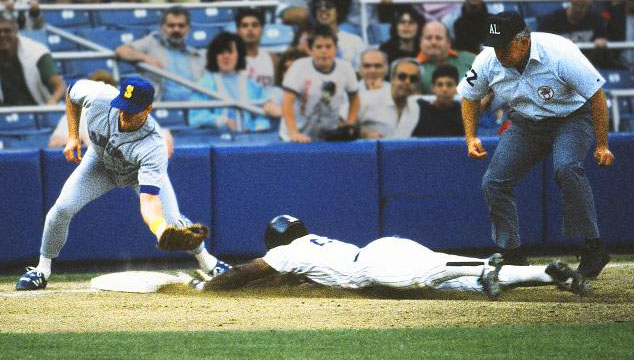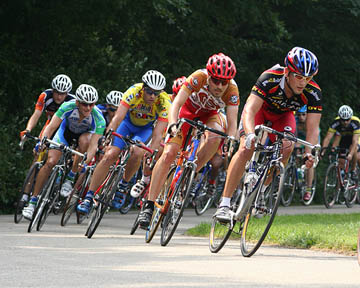 I generally shy away from recommending any specific practice to others.
I generally shy away from recommending any specific practice to others.
The way I see it, everyone’s on their own journey. (Or, to use this blog’s central metaphor, everyone’s got their own path up the mountain.) We all have our individual tastes and preferences. We gravitate toward different practices, and respond in our own unique ways.
What feels right to me may not be right for you–and vice versa. It’s hard enough to know what’s best for even a single person, much less for all people!
I do, however, have a lone exception to my (almost) no-universal-advice policy: journaling. It’s the one (and only!) activity that I would recommend to absolutely everyone!
(Meditation comes in a close second.)
While everyone has their own path, I truly believe that regardless of your background, beliefs, talents, and lifestyle, there is absolutely no one who can’t benefit from journaling:
- You don’t have to be a writer! In fact, it’s a PERFECT tool for non-writers, since you don’t have to worry about grammar, spelling, or “good” writing–since no one else is going to see it!
- You don’t have to be religious or spiritual! You can write about anything you want–from your secret crushes to ideas for a business project. You can journal about your most profound insights, or simply record your day-to-day activities (which can, in itself, lead to heightened awareness and appreciation for your life).
- You don’t have to be an introvert! While journaling may be a natural activity for introverts (those who recharge by spending time alone), it’s also a great way for more social, extroverted people to connect with what’s inside them–a way to turn their attention inward and listen to their own incredibly wise “small, still voice” within!
- You don’t have to have lots of free time! You can journal for hours each day–or for a few minutes every other month. Your journal is like a good friend who’s always there for you–undemanding, yet always available for a heart-to-heart chat of any length!
And there are SO MANY BENEFITS to journaling. It can help you:
- Feel more relaxed, centered, and at home in your own life.
- Connect with your true, authentic self.
- Unlock your creative spirit.
- Understand the patterns in your past, and live more consciously in the present.
- Experience deeper appreciation for your everyday life.
- Live fully and reach your highest potential.
Most importantly of all, journaling can help you become more fully YOU!
How to Start–or Continue and Deepen–Your Journaling Practice
If you’re already a journaler, great! You’ve probably already felt many of the benefits. But you may not have experienced the full potential of this practice. Maybe you tend to write about the same things over and over (which can be very illuminating), or maybe you haven’t explored your journal–and yourself–as deeply as you’d like to.
Or maybe you’d like to journal, but you just don’t know where to start or what to write–or you feel intimidated by the blank page. (If so, don’t worry–even the most experienced writers feel this way sometimes!)
I find that sometimes using a writing prompt (a thought-provoking question, statement, or fill-in-the-blank sentence) can be a great way to get your creative juices flowing…and your pen moving!
Here are a few of my favorite prompts:
- Who am I? – You’d be amazed at how much (and how deeply) you can write just from this “simple” three-word question. You might start off with some basic external self-definitions (parent, co-worker, friend, American, etc.), but it’s amazing how quickly you start peeling back the layers and getting to your essence.
- What does your soul want you to know? – This is my wife’s favorite prompt. (In fact, she made it the tagline of her blog, Soul Speak.) She’ll ask herself this question, close her eyes, wait for an answer, and keep typing until the message is done. It’s pretty miraculous what happens when you ask, listen for an answer, and transcribe!
- I remember… – This is a great way to reflect on your past and to uncover moments of your life that you might not have thought of for years. Sometimes I like to focus on a particular age (such as 0-7) and write down anything that comes to me from that time period. It seems like one memory leads to another, and another, and another…and you realize how full and rich your life has been!
- I am grateful for… – A great prompt for creating an ongoing “Happy List.” Keeping a gratitude journal is a great way to boost your mood, improve your overall outlook, and keep you looking for more and more to be grateful for…so you’ll have more to add to your list!
- What does your ideal life look like? – While “I remember…” helps you explore your past, and “I am grateful for…” encourages you to appreciate your present, this prompt turns your gaze toward your future. It invites you to take one of the most important steps in creating an amazing life: clarify your vision. The more clear you get about where you’d like to go, and the more you focus on this vision, the more likely it is to emerge as your reality!
I hope that these prompts and this post has inspired you to begin journaling or to continue/deepen your existing practice–and to explore and appreciate yourself and your life in all of its infinite richness!
Happy Writing!
…
NOTE: If you’re already subscribed to this blog, you’ve probably gotten the free download ebook, Transitions, which contains 50 writing prompts. (If you haven’t subscribed yet and would like the book, simply enter your email and click the “Subscribe” button in the upper-right of this page.)
Also, if you’d like to check out the entire series that this book is part of, Soulful Journals, just click here.
…
I’d love to hear about your experiences with journaling…or anything else you’d like to share. Please feel free to comment and/or share this post with others (by clicking the buttons below or in any other way). Thanks! 🙂
(Photo by Joel Montes de Oca.)

 We’ve all been there:
We’ve all been there:






